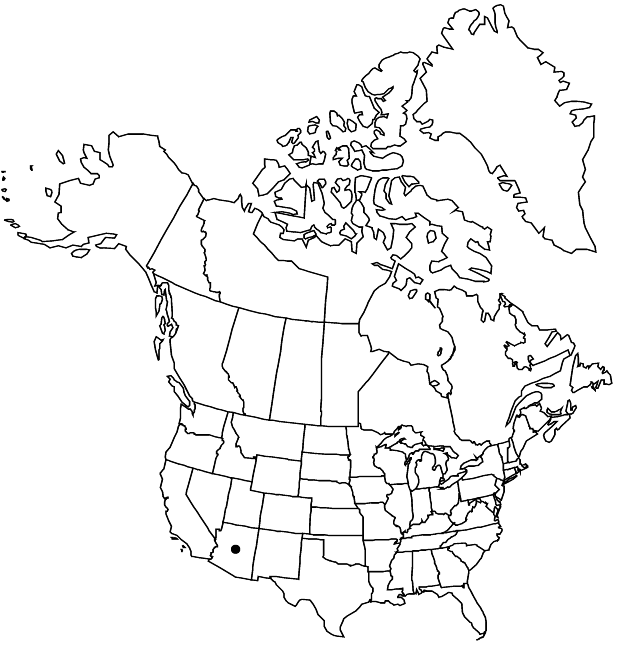Difference between revisions of "Heuchera eastwoodiae"
Minnesota Stud. Pl. Sci. 2: 152. 1936,.
imported>Volume Importer |
imported>Volume Importer |
||
| Line 49: | Line 49: | ||
|publication year= | |publication year= | ||
|special status=Endemic | |special status=Endemic | ||
| − | |source xml=https:// | + | |source xml=https://bitbucket.org/aafc-mbb/fna-data-curation/src/2e0870ddd59836b60bcf96646a41e87ea5a5943a/coarse_grained_fna_xml/V8/V8_201.xml |
|genus=Heuchera | |genus=Heuchera | ||
|species=Heuchera eastwoodiae | |species=Heuchera eastwoodiae | ||
Latest revision as of 22:42, 5 November 2020
Herbs acaulescent; caudex unbranched. Flowering stems 30–50 cm, short or long stipitate-glandular. Leaves: petiole nearly glabrous or short to long stipitate-glandular; blade (purple abaxially, variegated adaxially), orbiculate-cordate, shallowly 5-lobed, 2.5–8.5 cm, base cordate, lobes rounded, margins dentate, apex short-apiculate, surfaces short to long stipitate-glandular abaxially, short stipitate-glandular or sparsely long stipitate-glandular adaxially. Inflorescences dense. Flowers: hypanthium weakly bilaterally symmetric, free 1.5–2 mm, cream or greenish, broadly turbinate or campanulate, 3–4.5 mm, short or sparsely medium stipitate-glandular; sepals 6, incurved at apex, red-tipped, equal, 1–1.5 mm, apex acute; petals absent or (1–)6 and much reduced, erect, greenish, lanceolate, unlobed, 1 mm, margins entire; stamens 6, included 1 mm; styles included 1.5 mm, to 1 mm, 0.1+ mm diam. Capsules ovoid, 5–7 mm, beaks divergent, not papillose. Seeds dark brown, asymmetrically ellipsoid or convex-fusiform, 0.6 mm.
Phenology: Flowering May–Aug.
Habitat: Shaded, rocky slopes
Elevation: 1500-1900 m
Discussion
Heuchera eastwoodiae occurs in central Arizona and is unique in the genus for its hexamerous flowers.
Selected References
None.
